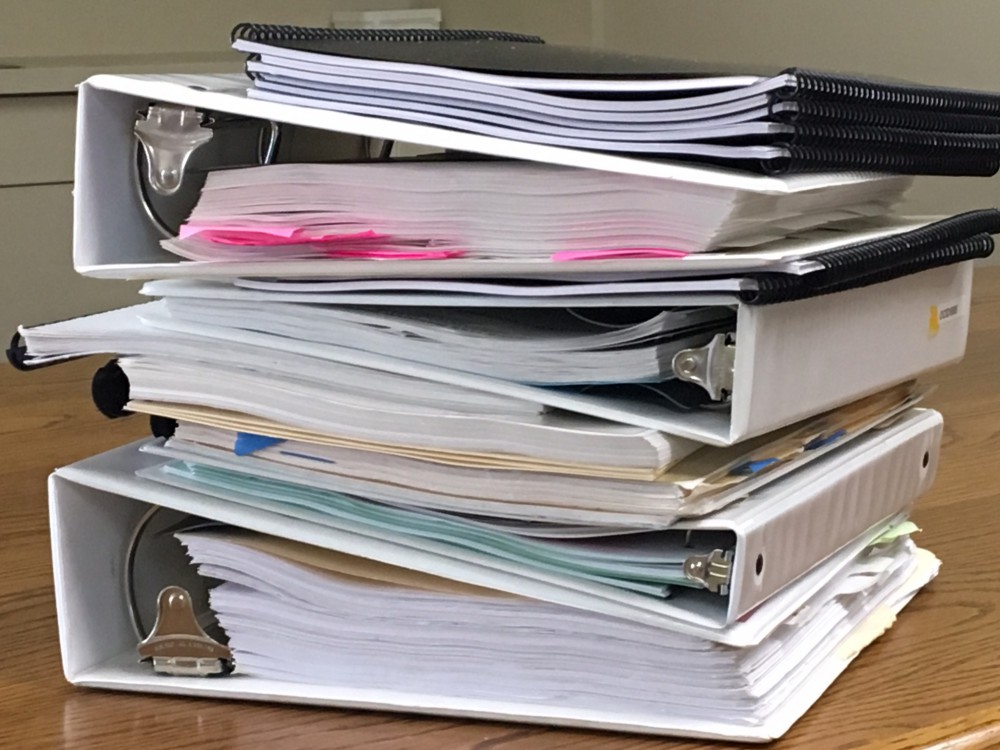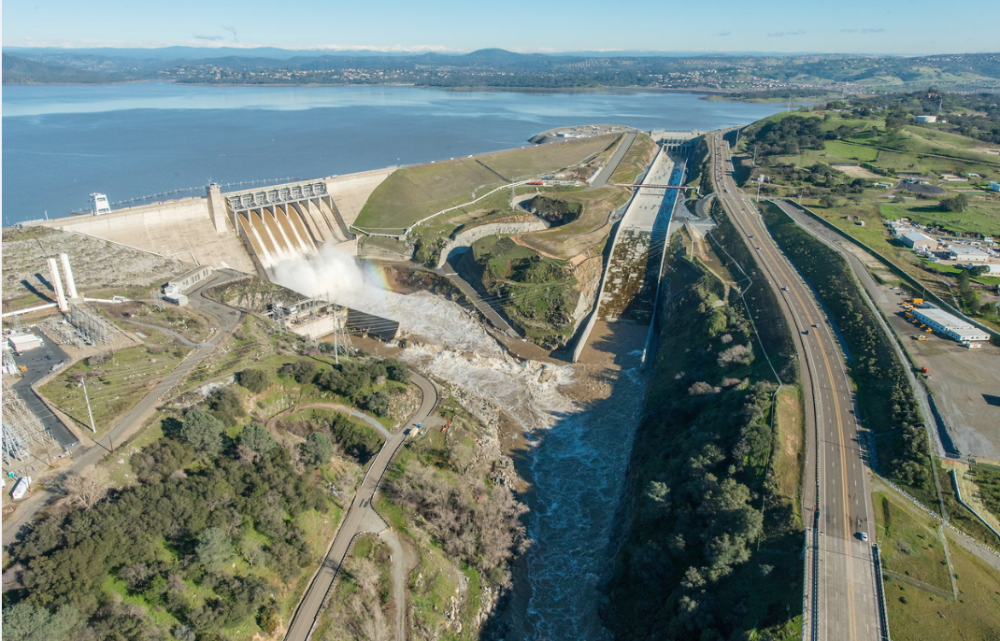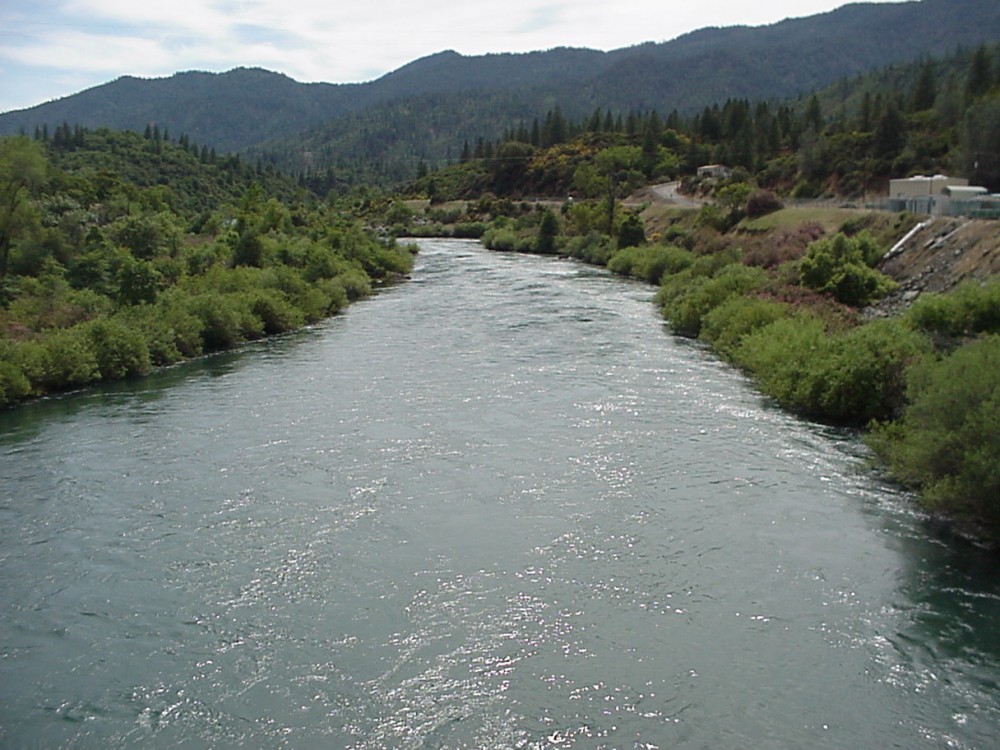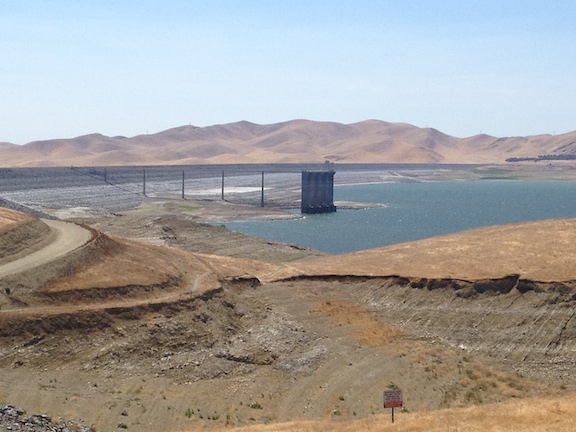STATEMENT: Voluntary Agreement on Water Represents the Future and Deserves Prop 68 Funding By Mike Wade, Executive Director California Farm Water Coalition California has always prided itself on cutting-edge ideas. It is the place others turn to for new solutions to old problems. We are currently faced with a choice to continue that tradition of innovation […]
Statement by Mike Wade, California Farm Water Coalition Executive Director On the Release of New Biological Assessments
Statement by Mike Wade, California Farm Water Coalition Executive Director On the Release of New Biological Assessments SACRAMENTO, CA – Recognizing the failure of the existing biological opinions issued a decade ago by the U.S. Fish and Wildlife Service (USFWS) for Delta smelt and by the National Marine Fisheries Service (NMFS) for salmon, the Bureau of […]
Updating the Bay-Delta Water Quality Control Plan
SWRCB updating Bay-Delta Water Quality Plan and SED In 2016, California’s State Water Resources Control Board (SWRCB) began the process of updating the Bay-Delta Water Quality Control Plan. The public comment period officially closed at noon on March 17. (Read CFWC’s comment letter here.) During that time, loud and sustained objections to the proposed policy have […]
Water User Response to Bureaucratic Intrusion
Over 20 farm organizations and public water agencies reacted quickly to letters from the National Marine Fisheries Service (NMFS) that requested actions that would have slowed progress to repair infrastructure at Oroville Dam. A second letter from NMFS did little to reduce concerns over out-of-touch bureaucrats intervening in emergency operations intended to restore a significant […]
Governor’s Call to Ensure Safety of Dams Must be Coupled with Recognition of their Value
There has been a lot of talk about dams lately and rightly so. The emergency at Oroville Dam, as well as other storm-related damage to the state’s infrastructure, reminded us of the awesome power of nature and the effort people have taken over the years to control it. We support the Governor’s call today to […]
Fish still lack the calendars they need to migrate on our schedule
Fish still lack the calendars they need to migrate on our schedule. Federal legislation first step in fixing broken California water system In December of 2016 bipartisan legislation was passed by Congress and signed by President Obama. The new legislation requires water officials to supply as much water to farm, business and urban users as […]
CFWC in SF Chronicle: Why the Bay Area should care about Central Valley water
The State Water Resources Control Board has released its most recent version of a Water Quality Control Plan for the San Joaquin River, and the public comment period has opened. That may seem obscure, far away and not worth the attention of Bay Area residents, but if you like having water come out of your […]
Statement on the upcoming release of proposed flow standards for tributaries to the San Joaquin River
Statement by California Farm Water Coalition Executive Director Mike Wade on the upcoming release of proposed flow standards for tributaries to the San Joaquin River California officials are on the verge of releasing new water regulations that would cause significant harm to California residents without quantifying any specific environmental benefits. The State Water Resources Control […]
State Water Resources Control Board could cost California’s agricultural economy $4.5 billion
Farmers throughout the Central Valley have been working hard and assuming huge personal risks in support of the Sacramento River Temperature Management Plan to protect salmon and still provide water to their farms. “Hundreds of millions of dollars worth of water is being loaned to the United States Bureau of Reclamation, National Marine Fisheries Service, […]
Westlands Water District: Straight Talk About Agriculture, Saving Water and Drainage
The Los Angeles Times recently published an intensely critical article about Westlands Water District, which recited many of the false, misleading, or outdated claims made by some of its critics over the years. The Times’ editors refused to print an Op-Ed that the District offered in response. As a result the District has taken out […]







